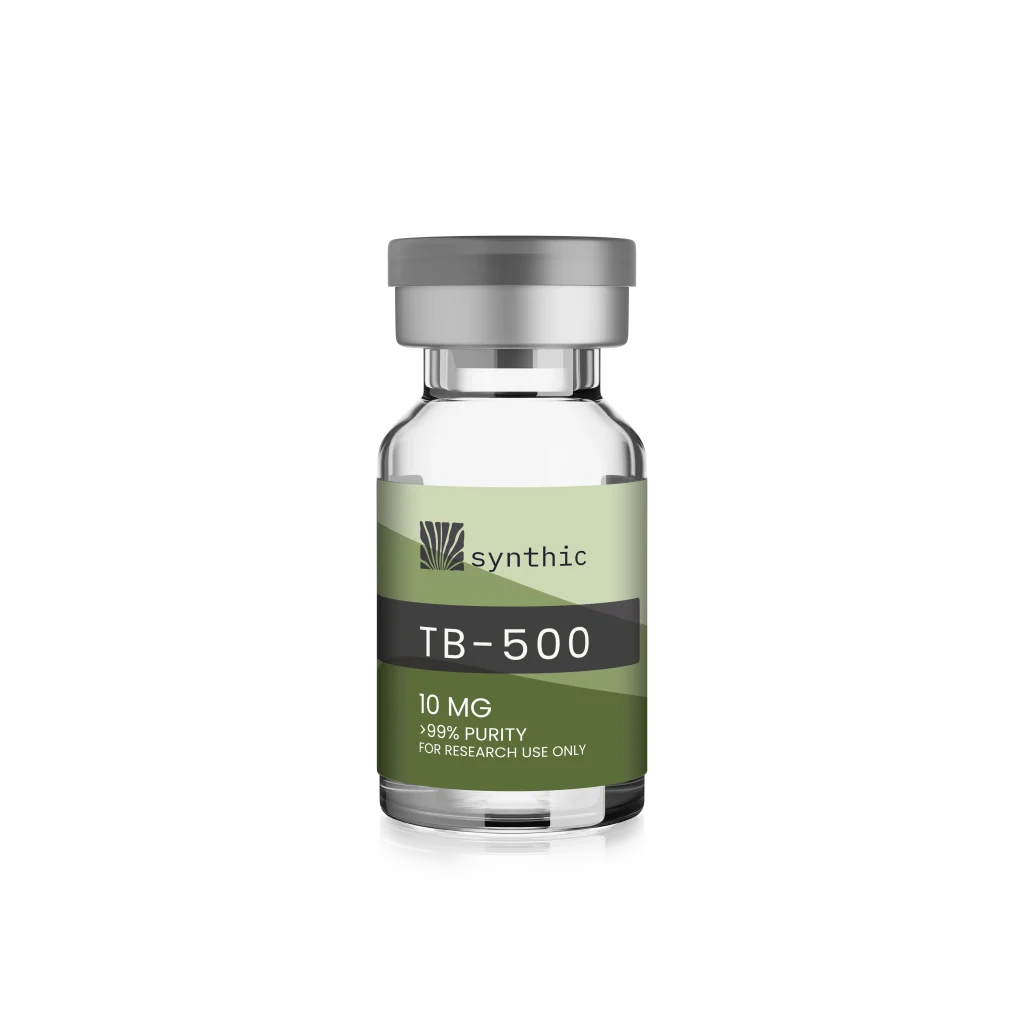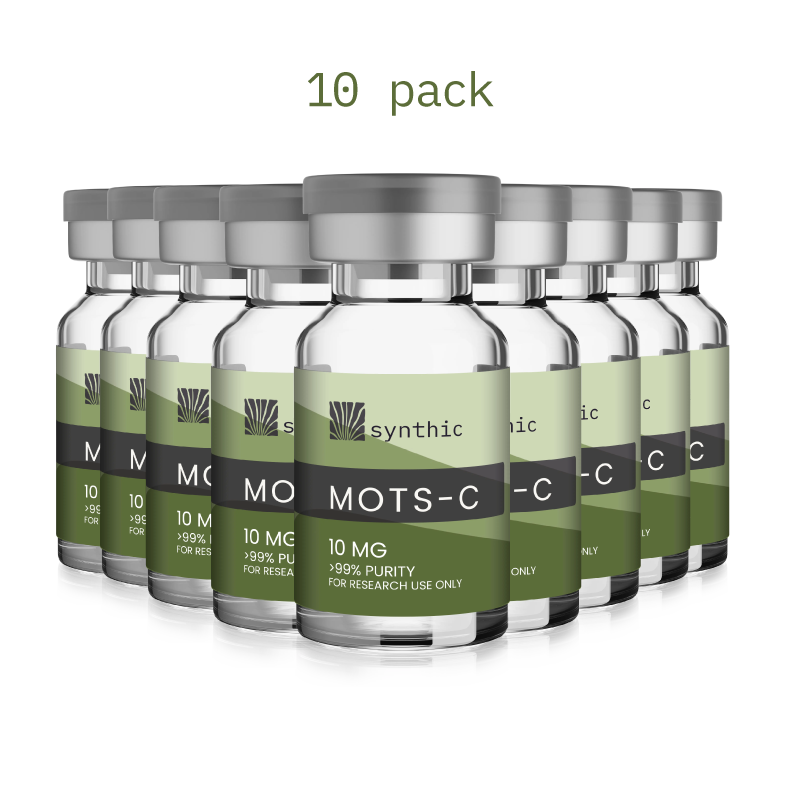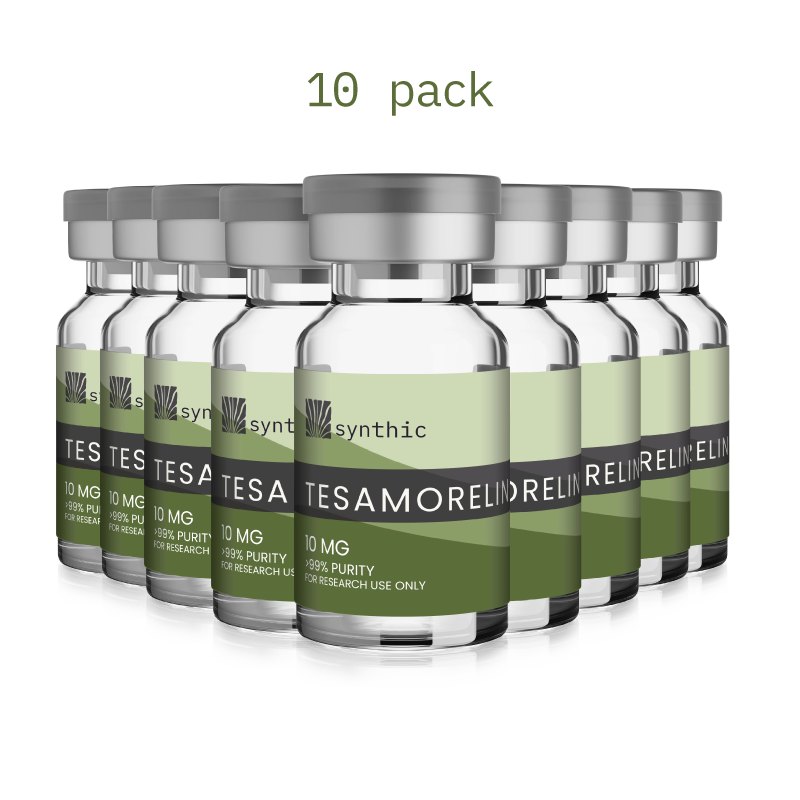The Next Step in Appetite Control
Every so often, a peptide emerges that quietly redefines the landscape. Cagrilintide is one of those compounds — a molecule that doesn’t just suppress appetite, but reshapes how the brain and body communicate about hunger, fullness, and energy use.
While much of the spotlight has been on GLP-1 research, cagrilintide is carving its own path by targeting a completely different hormonal system. It engages amylin and calcitonin receptors — an underexplored axis of appetite regulation — offering a more stable, longer-acting way to influence caloric intake and satiety.
How Cagrilintide Works
Cagrilintide is a synthetic analog of amylin, a natural hormone released with insulin. Amylin’s primary job is to signal fullness to the brain and slow the rate of gastric emptying, which helps prevent overeating.
Where cagrilintide stands out is in its design: it binds to both amylin and calcitonin receptors, producing more sustained signaling and stronger appetite suppression than native amylin. This gives it several distinct effects:
Early and lasting satiety — smaller meals feel more satisfying
Reduced cravings — hunger signals stay quiet for longer
Stable digestion — slower gastric emptying smooths post-meal energy swings
Complementary action — it works alongside, not against, GLP-1 mechanisms
By targeting different receptors, cagrilintide expands what’s possible in appetite regulation — not by replacing other peptides, but by enhancing what they do.
What the Research Shows
Clinical studies on cagrilintide have shown consistent, dose-dependent weight reductions in both diabetic and non-diabetic populations. In trials spanning roughly six months, participants saw significant weight loss compared to placebo, with a side-effect profile generally well tolerated.
The most striking data comes from combination trials pairing cagrilintide with semaglutide — a pairing known as CagriSema. In these studies, the duo consistently outperformed either peptide on its own, achieving greater total body-weight reduction and better glycemic control, without a major increase in adverse events.
Researchers believe the synergy arises from the dual-pathway effect: cagrilintide influences satiety and meal size through amylin signaling, while GLP-1s modify appetite and digestion through gut-brain communication. Together, they form a more complete approach to energy balance.
A Role in GLP-1 Cycling
As peptide use expands, many researchers are exploring cycling strategies to prevent receptor adaptation and extend long-term results. Over time, GLP-1 receptors can become less responsive — a plateau effect that leads to diminishing returns even at steady doses.
Cagrilintide offers a way to bridge those gaps. Because it acts through separate receptors, it can maintain appetite control during GLP-1 “off phases,” allowing the body time to reset without losing progress. This approach may also ease the transition between dosing cycles and reduce side effects from constant receptor stimulation.
Potential benefits being explored include:
Plateau prevention through alternating receptor pathways
Reduced GLP-1 fatigue or adaptation over time
Better long-term maintenance of appetite control and body composition
More flexible peptide scheduling without sacrificing results
It’s a research-driven idea rather than a set protocol, but the reasoning is sound: alternating complementary peptides may sustain progress where single-pathway use begins to stall.
Cautions and Considerations
Like most next-generation peptides, cagrilintide is still being studied for long-term effects. Common side effects include nausea, mild fullness, or digestive slowing, typically improving as the body adjusts.
There’s limited data on multi-year use or cycling outcomes, and researchers are still determining the ideal sequencing when paired with GLP-1s. As always, any study design involving peptide rotation should account for individual variability and tolerance.
The Takeaway
Cagrilintide represents a new direction in metabolic peptide research — one that complements, rather than competes with, GLP-1 science. By targeting amylin and calcitonin receptors, it opens another route for controlling appetite and managing adaptation.
Whether used on its own or as part of a cycle, cagrilintide stands out for its potential to extend the benefits of GLP-1-based regimens and make weight management strategies more sustainable over time.
Shop Cagri



